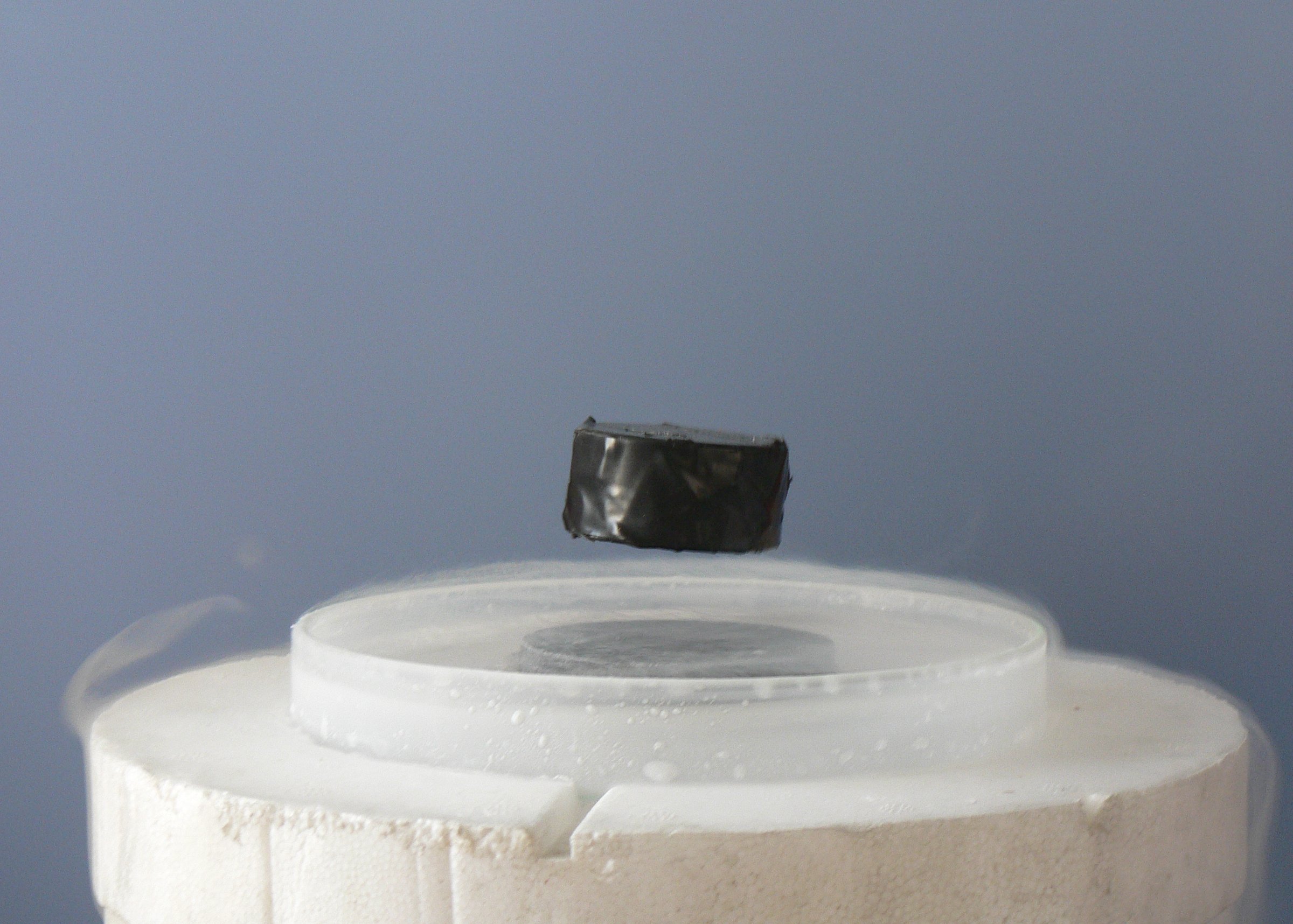Practical applications of Superconductors
- Introduction to Superconductors
- Different Types of Superconductors
- Quantum Mechanics
- Synthesis and Fabrication of Superconductors
- Superconductors and Electronics
- Superconductivity and Energy
- Innovation and the Future of Superconductors
- Reflection and Discussion
Superconductivity and Energy
Energy Storage Using Superconductors

Electrical conductivity with exactly zero resistance.
Superconductors have the potential to revolutionize the way we store and use energy. One of the most promising applications of superconductors in the field of energy storage is the Superconducting Magnetic Energy Storage (SMES) system.
Superconducting Magnetic Energy Storage (SMES) Systems
SMES systems store energy in the magnetic field created by the flow of direct current in a superconducting coil which has been cooled to a temperature below its superconducting critical temperature. A SMES system includes three parts: superconducting coil, power conditioning system, and cryogenically cooled refrigerator. Once the superconducting coil is charged, the current will not decay and the magnetic energy can be stored indefinitely.
Advantages and Disadvantages of SMES
The main advantage of SMES systems is the speed at which they can deliver energy. They can discharge and recharge in a matter of milliseconds, making them ideal for applications that require large amounts of power for short durations. SMES systems also have a high efficiency, typically around 95%.
However, there are also some disadvantages to SMES systems. The main one is the cost. Superconducting materials are expensive, and the systems need to be cooled to very low temperatures, which requires a lot of energy. Additionally, SMES systems are currently limited in capacity, which means they can only store a relatively small amount of energy.
Current Research and Future Prospects
Despite these challenges, there is a lot of research being done to improve SMES systems and make them more practical for widespread use. Researchers are looking at ways to make superconducting materials cheaper and more efficient, and to increase the capacity of SMES systems.
In the future, we could see SMES systems being used in a variety of applications. They could be used to stabilize power grids, providing a quick response to power outages and helping to prevent blackouts. They could also be used in renewable energy systems, storing energy generated by wind turbines or solar panels and releasing it when needed.
In conclusion, while there are still challenges to overcome, the potential of superconductors in the field of energy storage is vast. With continued research and development, we could see some significant advances in this area in the coming years.